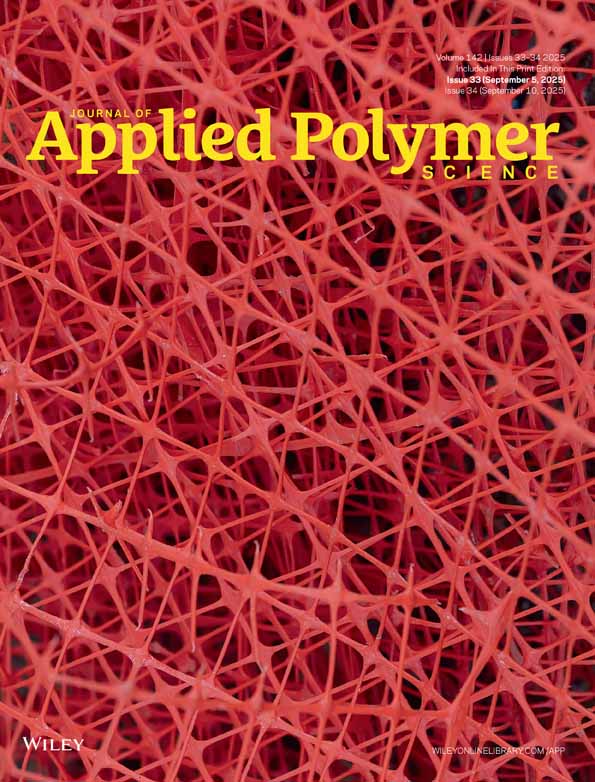Imidazolium salts as liquid coupling agents for the preparation of polypropylene-silica composites
Abstract
This article describes the application of ionic liquid 1-decyl-3-methylimidazolium tetrafluoroborate in the preparation of polypropylene-silica composites. The sol-gel technology was used to prepare xerogel silica-ionic liquid hybrid S1, which was obtained as a free flowing powder of aggregated spherical particles. Ionic liquid free silica S2 was obtained by extraction and calcination of S1. Melt blending of isotactic polypropylene with S1 and S2 afforded the composites C1 (with ionic liquid) and C2 (without ionic liquid), respectively. The presence of ionic liquid on the S1 silica surface promoted significantly improved silica dispersion in the polymer matrix and prevented compression of the silica particles. Furthermore, the crystallization temperature of composite C1 was significantly higher, which indicated that silica-ionic liquid filler S1 acted as nucleating agent. The resistance to thermal decomposition of both composites was increased, but this was higher in the presence of ionic liquid. These results show that liquid salts can function as coupling agents and compatibalizers for the preparation of polymeric composites with differentiated properties. © 2009 Wiley Periodicals, Inc. J Appl Polym Sci, 2010




